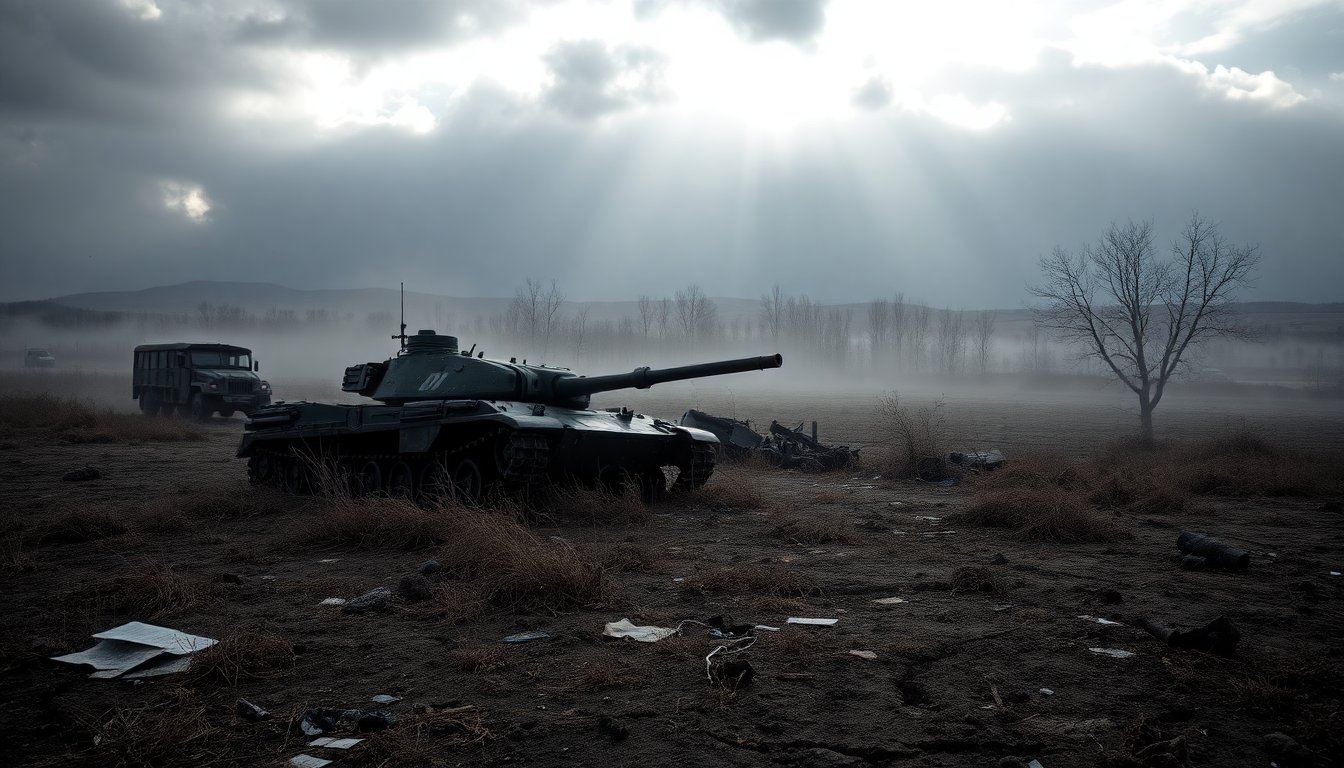Table of Contents
The conflict between Russia and Ukraine continues to ignite debates, particularly regarding the accuracy of military casualty figures. Independent news outlet Mediazona and the Conflict Intelligence Team (CIT), an open-source intelligence initiative, have questioned the reliability of casualty statistics attributed to Russian forces. These figures, reportedly indicating nearly 87,000 Russian soldiers lost in the first eight months of 2025, were released by the Ukrainian Defense Ministry’s project titled “I Want to Live.” This article examines the concerns raised by these investigative entities regarding the reported casualty numbers.
Central to this discussion is CIT’s analysis, which employed forensic techniques typically utilized in electoral fraud investigations. Their methodology is informed by psychological principles suggesting that individuals display unconscious biases when generating random numbers, resulting in predictable patterns within data. According to CIT, this statistical framework enables a thorough examination of the claimed casualty figures.
The evidence
CIT’s investigation into the alleged military records identified several irregularities that raised concerns. They noted that the distribution of final digits in the reported casualty figures deviated significantly from a random distribution. The analysis revealed an overrepresentation of the digits one and two, while the digits six and seven appeared much less frequently. This discrepancy was substantiated through a Pearson’s chi-squared test, a statistical tool designed to evaluate how well the observed data aligns with expected distributions.
The findings were compelling; CIT concluded that the chances of the reported figures occurring purely by chance stood at just 1.3 percent. Further scrutiny indicated that when categorized into primary (unit-level) and aggregated (total figures) types, the anomalies became even more pronounced. The likelihood of this pattern arising randomly in the primary data dropped to only 0.4 percent. CIT suggested that this pattern implies potential manipulation during data compilation, with individual unit figures likely adjusted prior to being aggregated into final totals.
Key players
In conjunction with CIT’s findings, Mediazona’s editor, Dmitry Treshchanin, expressed similar concerns regarding the Ukrainian intelligence data. He noted that internal manipulation within the Russian military might account for discrepancies in the records. Treshchanin stated, “It’s hard to imagine a Russian officer who doesn’t tamper with the records,” underscoring a systemic issue within military documentation.
Furthermore, Treshchanin pointed out significant gaps in the leaked records, particularly the absence of information related to desertions, which further undermined the credibility of the reported casualty figures. These omissions, alongside other bureaucratic irregularities—such as a lack of clear authorship, submission dates, and filing locations—raise questions about the authenticity of the data.
The implications
Despite skepticism regarding the leaked figures, Treshchanin emphasized that Mediazona and its partners are currently unable to definitively confirm or refute the claim of nearly 87,000 Russian military deaths in Ukraine during the specified timeframe. He explained that a more accurate assessment of these numbers would not be attainable until 2026, suggesting that reliable data will emerge only through meticulous investigations and analyses of obituaries and public probate records.
This cautious approach highlights the complexities of tracking military casualties in ongoing conflicts. As the situation develops, the collection of accurate data becomes increasingly challenging, further complicated by the fog of war and misinformation. Analysts and researchers must navigate these complicated circumstances with a critical perspective, as they strive to uncover the truth behind the numbers.
The examination of the alleged Russian military casualty figures serves as a crucial reminder of the need for transparency and verified data in understanding modern warfare. As various organizations work to distinguish fact from fiction, the importance of rigorous investigative methodologies is paramount in the pursuit of accurate information.


